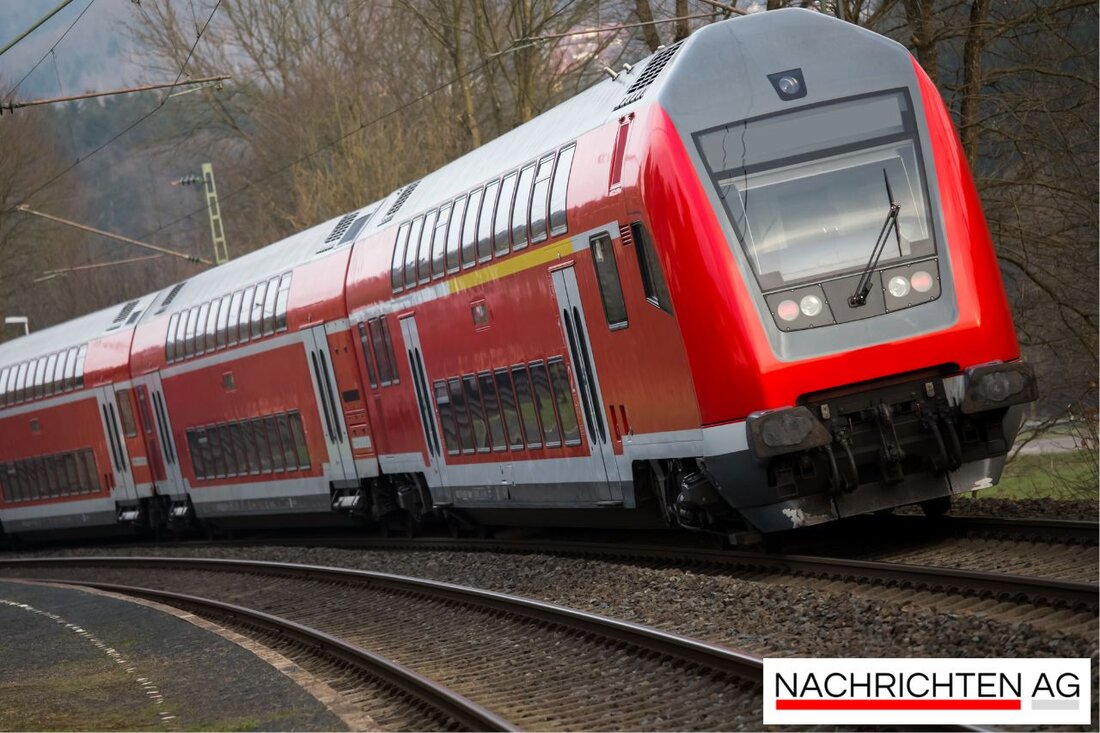Cologne in a state of emergency: Large evacuation after bomb find ended!

Cologne in a state of emergency: Large evacuation after bomb find ended!
What a state of emergency in Cologne! On Monday, June 4, 2025, the largest evacuation has been heralded since World War II after three duds were discovered on the Deutz shipyard. In particular, the approximately 20,500 affected people had to leave their apartments and workplaces, while the evacuation measures were under high pressure. At 7:19 p.m. the experts from the Rhineland ordnance disposal service were able to successfully defuse the bombs.
The discoveries included two American World War II bombs with a weight of 20 hundredweight and another with 10 hundredweight, all of whom had safety -related service bunts. The area of evacuation extended over a radius of one kilometer, and the entire area around the Deutzer shipyard was promptly blocked. This had an impact not only on residents, but also on numerous companies in the city. 58 hotels, the Eduardus Hospital and two old people's homes had to be evacuated, while large companies like RTL Germany shifted their live broadcasts to Berlin.
efficient evacuation
With more than 240 employees of the regulatory office and 451 fire brigade, including volunteers, the evacuation was largely organized smoothly. Only a few exceptions caused excitement: one person did not want to vacate their apartment, while another resistance was made and was taken into custody. The first round of the bell started at 8 a.m., followed by further control operations from 1:30 p.m. to ensure that nobody was in the restricted area.
The city of Cologne also provided an overview to facilitate communication with the citizens: inside. With a citizens' phone and interactive maps, which were provided via the competence center of the geo-information system, those affected could always be kept up to date. In this, contact points for evacuated were also noted, such as the exhibition hall 10.1 and the vocational college in Humboldtstrasse.
traffic chaos and restrictions
The blocking was not only affected by the residents, but also on the entire automotive and rail traffic in the region. The Hohenzollern Bridge and the Severins and Deutzer Bridge were closed, which led to significant delays in long-distance transport. Many trains were diverted and there were constant delays that the travelers presented with great challenges. In addition, various lines, such as light rail lines 1, 3 and 9 and numerous bus connections, were set or restricted in public transport. Travelers were recommended to avoid the city center.
The city of Cologne was well prepared in this situation by not only initiating extensive evacuation measures, but also cultural events and weddings, such as the wedding ceremonies, reorganized. Instead, alternative wedding rooms in the Porz district were offered. The entire situation was a great logistical challenge that was mastered with flying colors.
Overall, it should be noted that Cologne can return to normality after this large -scale evacuation and the successful bombing. But the use of the helpers and the solidarity of the citizens: inside are proof that, if necessary, one stands together. Such scenes as they are in the media for days, such as from Tagesschau or wdr , show how important a quick and coordinated reaction is in crisis situations.
| Details | |
|---|---|
| Ort | Köln, Deutschland |
| Quellen | |
